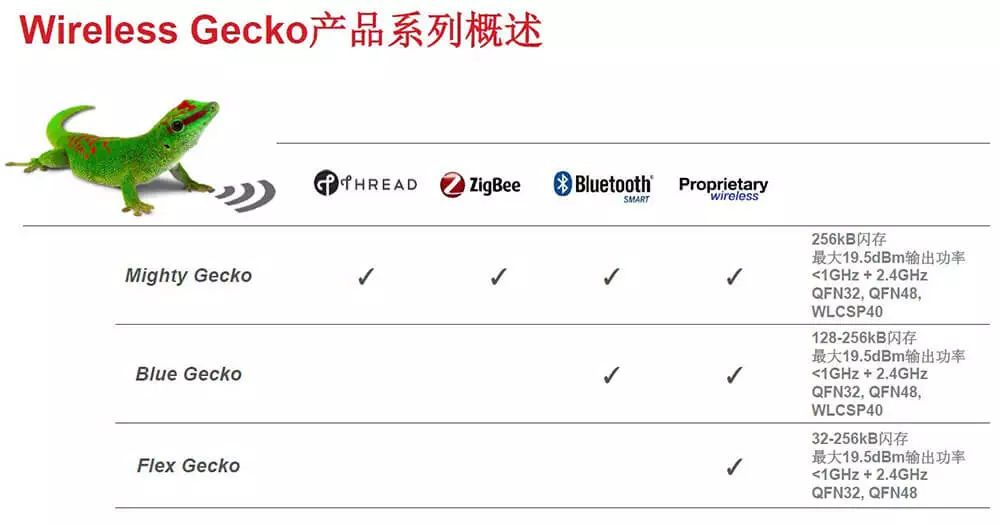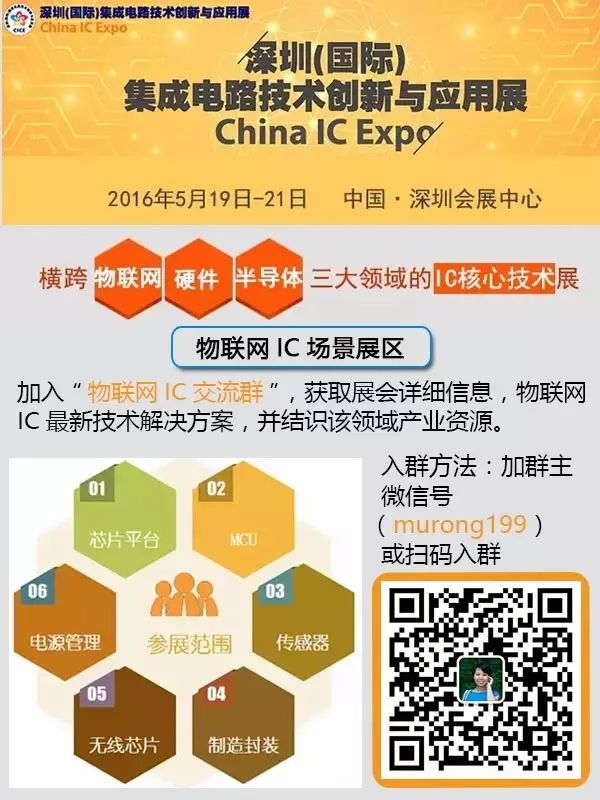
AuthorLi Ying (WeChat ID: ilovekm2008) Deputy Editor of “Smart Product Circle”
Big Data, Cloud Computing, and the Internet of Things included in the 13th Five-Year Plan
Big Data, Cloud Computing, and the Internet of Things included in the 13th Five-Year Plan
Strengthening the leading role of innovation to inject strong momentum into development. Innovation is the primary driving force for development and must be placed at the core of the national development strategy, deeply implementing the innovation-driven development strategy. A number of new national major science and technology projects will be launched, high-level national science centers and technology innovation centers will be built, and a number of internationally competitive innovative leading enterprises will be cultivated and grown. Continuous promotion of mass entrepreneurship and innovation is essential. The widespread application of big data, cloud computing, and the Internet of Things will be promoted. Accelerating the construction of a strong quality and manufacturing nation is crucial. By 2020, significant breakthroughs in basic research, applied research, and strategic frontier fields are expected, with the intensity of R&D investment in society reaching 2.5%, and the contribution rate of technological progress to economic growth reaching 60%, advancing into the ranks of innovative countries and talent-rich nations. (Source: Xinhua News)
Two Sessions Focus on Five Key Words of the Internet of Things
National Committee member and Xiaomi Chairman Lei Jun mentioned that the smart home industry centered around smartphones has become the core application area of the Internet of Things, and standardization has become an important guarantee for the rapid development of the technology industry. Under the leadership of the National Standardization Administration, the Ministry of Industry and Information Technology should take the lead in accelerating the formulation of industry standards for smart homes based on the principle of urgency, to promote the healthy development of the smart home industry. At the same time, major application demonstrations of cross-industry innovation in the Internet of Things should be carried out to promote the transformation and upgrading of traditional industries. Increased R&D investment in cross-industry integration and innovation across various sectors is necessary, along with major demonstration applications of Internet of Things industry innovation projects to promote breakthroughs in key technologies and the industrialization of innovative achievements.
Baido CEO Li Yanhong suggested that the country should pay attention to autonomous driving at the national level, properly design and plan the R&D and industrial application of autonomous driving technology, and quickly revise and improve relevant laws and regulations to provide institutional guarantees for the R&D, testing, and commercialization of autonomous vehicles.
National Committee member and Chairman of Tongwei Group Liu Hanyuan proposed establishing a nationwide agricultural big data platform as a key to achieving “smart agriculture,” emphasizing the urgent need for big data to play a significant role in agricultural production in China.
iFlytek CEO Yuan Hui mentioned that in the “Internet + Double Innovation + Made in China 2025” driven “new industrial revolution,” intelligent manufacturing and intelligent services are at its core. Chinese companies have accumulated strong competitive advantages in the large-scale commercial application of artificial intelligence—specifically in the field of intelligent robots. These advantages stem from original innovation, creating industry barriers that are difficult for other countries to overcome. It is hoped that the government can play an innovative management role in emerging industries, focusing on the development of intelligent robots as a key support area, guiding the market through government actions, and improving the artificial intelligence industry ecosystem.
ARM Launches Cortex-A32 Processor with Size Less than 0.25mm
Recently, ARM launched the ARM Cortex-A32 for next-generation embedded products, adding a new member to its ultra-high-efficiency application processor series. The Cortex-A32 processor adopts the ARMv8-A architecture, providing more advantages for low-power 32-bit embedded applications. Compared to other similar processors, the Cortex-A32 boasts the smallest size and best energy efficiency performance.
As a 32-bit processor based on the ARMv8-A architecture, the Cortex-A32 can save up to 25% in energy efficiency compared to the currently most popular ARM 32-bit embedded core, the Cortex-A7, while achieving higher performance with lower power consumption. In its smallest configuration, the chip size of the Cortex-A32 is less than 0.25 square millimeters, and the total power consumption at the 100MHz 28nm process node is less than 4 milliwatts. The Cortex-A32 supports various configuration modes, from single-core to quad-core. Thus, with its high scalability, the Cortex-A32 can support the smallest and most energy-efficient computing devices while also meeting the needs of IoT gateways and industrial computing applications.

Silicon Labs Launches Multi-Protocol Wireless Gecko SoC to Simplify IoT Connectivity
Silicon Labs’ new wireless SoC product line offers scalable solutions supporting ZigBee, Thread, Bluetooth Smart, and proprietary protocols. The new Wireless Gecko SoC integrates an ARM Cortex-M4 core, energy-efficient Gecko technology, a 2.4GHz radio with output power up to 19.5dBm, and advanced hardware encryption technology.
The Wireless Gecko products include three series of multi-protocol SoCs, each optimized for different IoT use cases and the most common wireless protocols:
1. Blue Gecko Series—Bluetooth Smart connectivity with unparalleled output power and transmission distance.
2. Mighty Gecko Series—Optimal ZigBee and Thread connectivity for mesh networks.
3. Flex Gecko Series—Flexible proprietary wireless protocol options for various applications.

Marvell Seeks Sale, New Avago as Potential Buyer
The New York Post recently reported that Marvell has gone public with its sale, with Broadcom and the newly merged Avago being potential buyers.
Light Reading reported that last July, Avago made a bid for Marvell after completing its acquisition of Broadcom. During the transaction, relevant departments will conduct antitrust reviews regarding Ethernet and Wi-Fi/Bluetooth combo chips.
The report was released shortly after Marvell’s audit committee investigation (which found no fraud) and a month after activist investment firm Starboard Value disclosed its purchase of a 6.7% stake (following KKR’s disclosure of its stake acquisition in 2013), which also called for cost reductions. Recently, Marvell paid Carnegie Mellon University $750 million to settle a patent lawsuit.


Click ↙ “Read Original” to enter the registration page!